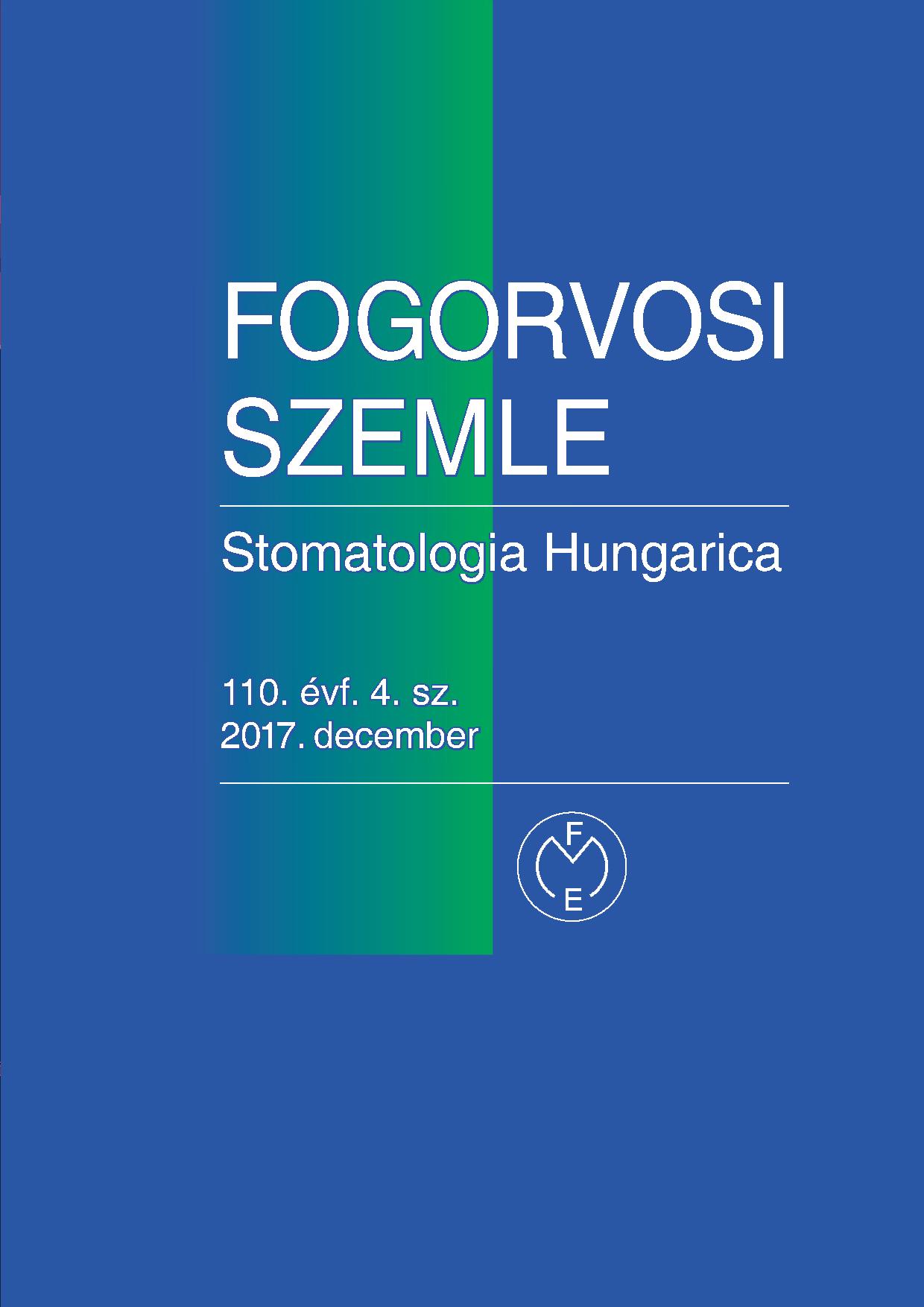Treatment options for palatal expansion
Abstract
One of the common orthodontic problems is transverse maxillary deficiency. Early treatment with different protocols and various appliances is recommended to correct maxillary constrictions. Rapid Maxillary Expansion (RME) has been used for more than 150 years to treat narrow upper jaws by stretching the median palatine suture.
As the patient grows, the suture is fusing from posterior to anterior making it impossible to treat the deficiency by conservative treatment methods without harming the teeth. To prevent such side effects Surgically Assisted Rapid Maxillary Expansion (SARME) could be performed.
Wilmes et al presented the Hybrid Hyrax in 2010 that enhances the skeletal effects using miniscrews in the anterior palate, and doesn’t need surgical procedures to insert and remove the skeletal anchorage devices. While this appliance is not anchored exclusively on teeth, it can be used even on patients with aplasia, loosening deciduous, premolars with underdeveloped roots or periodontally compromised teeth. Its skeletal effects are similar compared to the tooth-borne
devices but there are no periodontal changes observed at the premolar region.
The Hybrid Hyrax could be used in cases with maxillary hypoplasia that requires the protraction of the upper jaw, even combined with the Alternating Rapid Maxillary Expansion and Constriction (Alt-RAMEC) protocol.
CBCT is essential to find the optimal treatment option and useful to designate the insertion sight of the miniscrews.
Copyright (c) 2021 Authors

This work is licensed under a Creative Commons Attribution 4.0 International License.


.png)




1.png)



